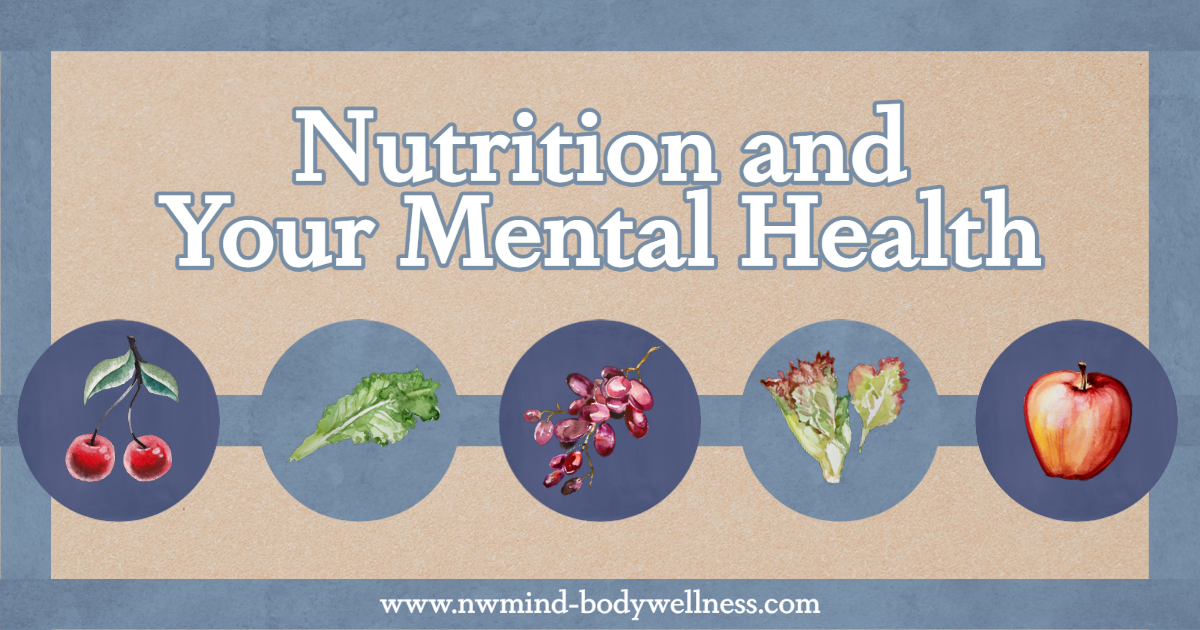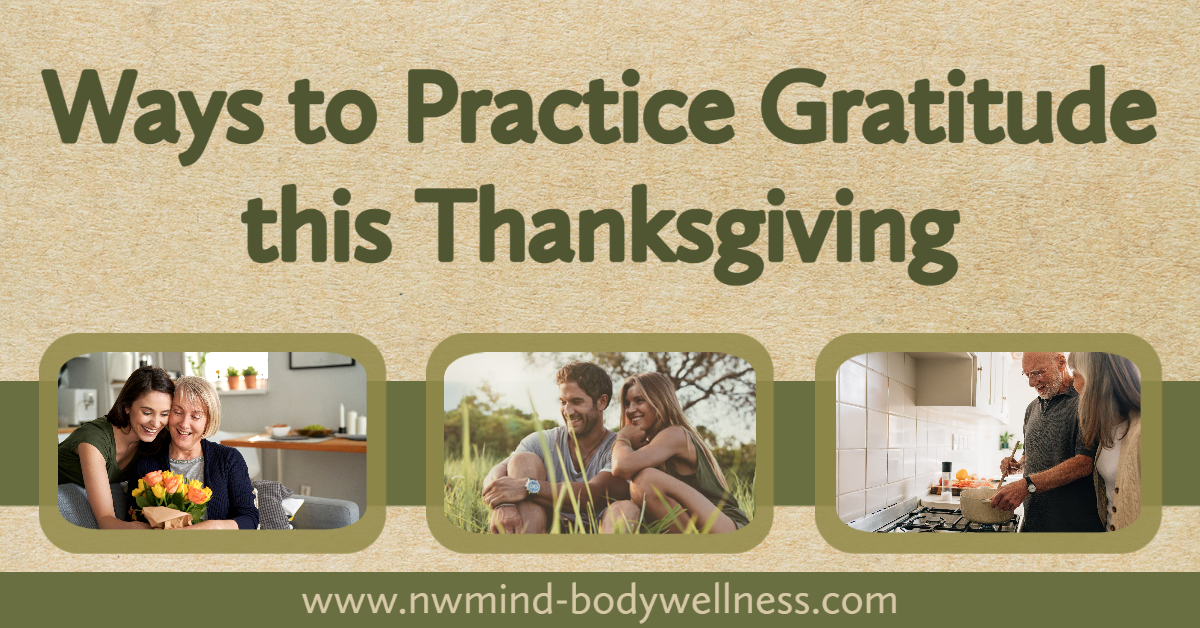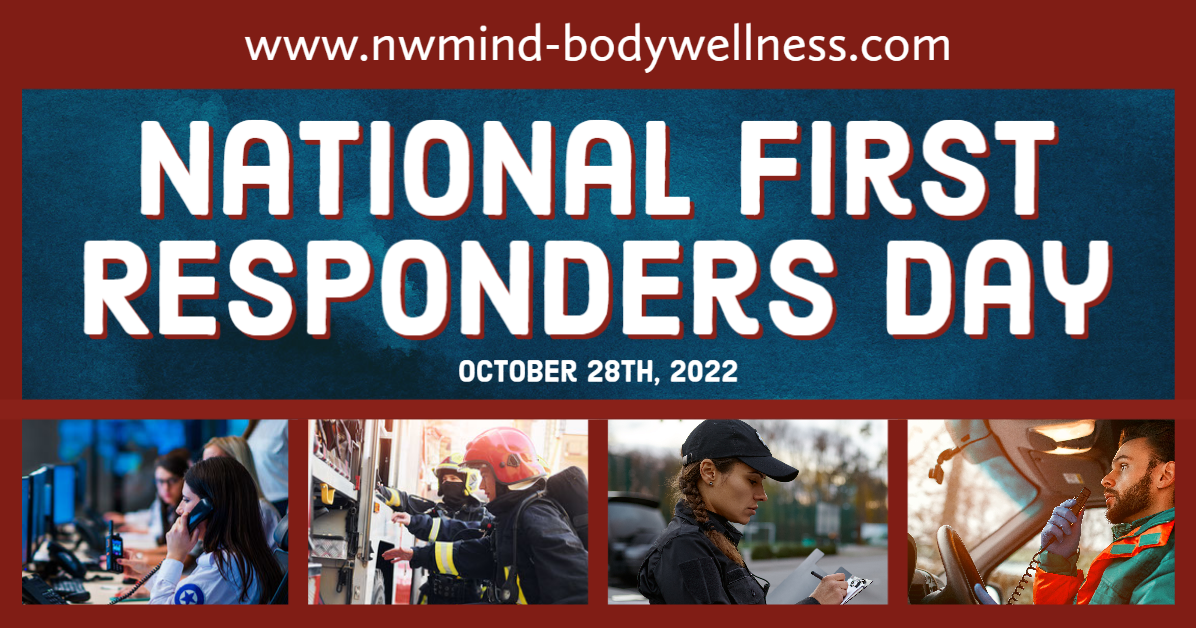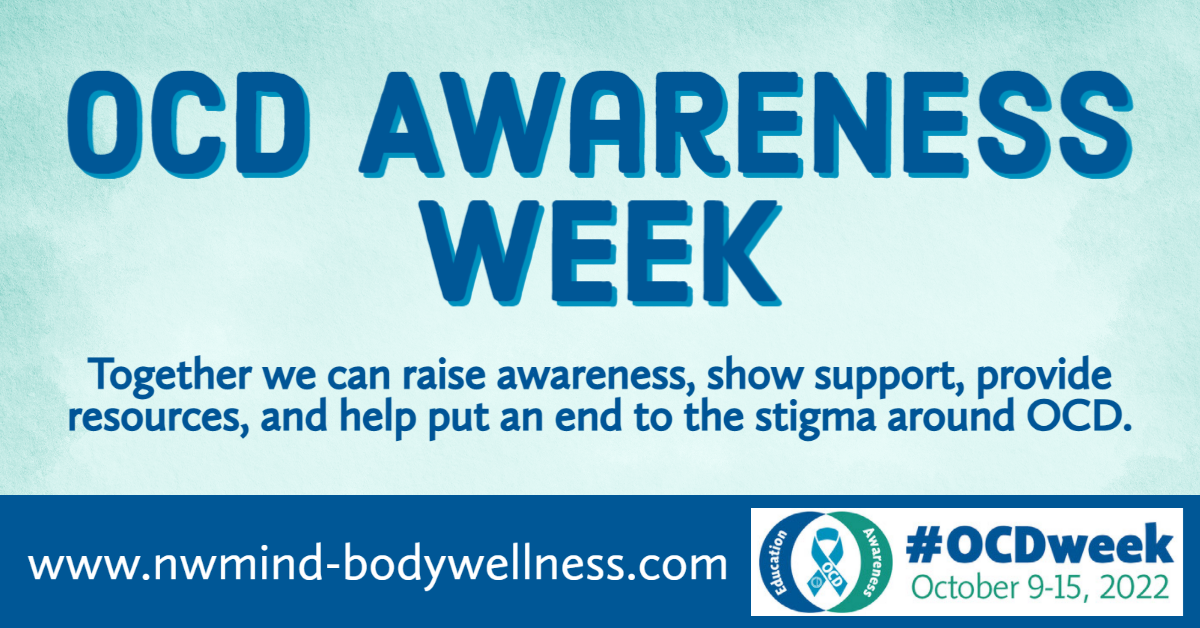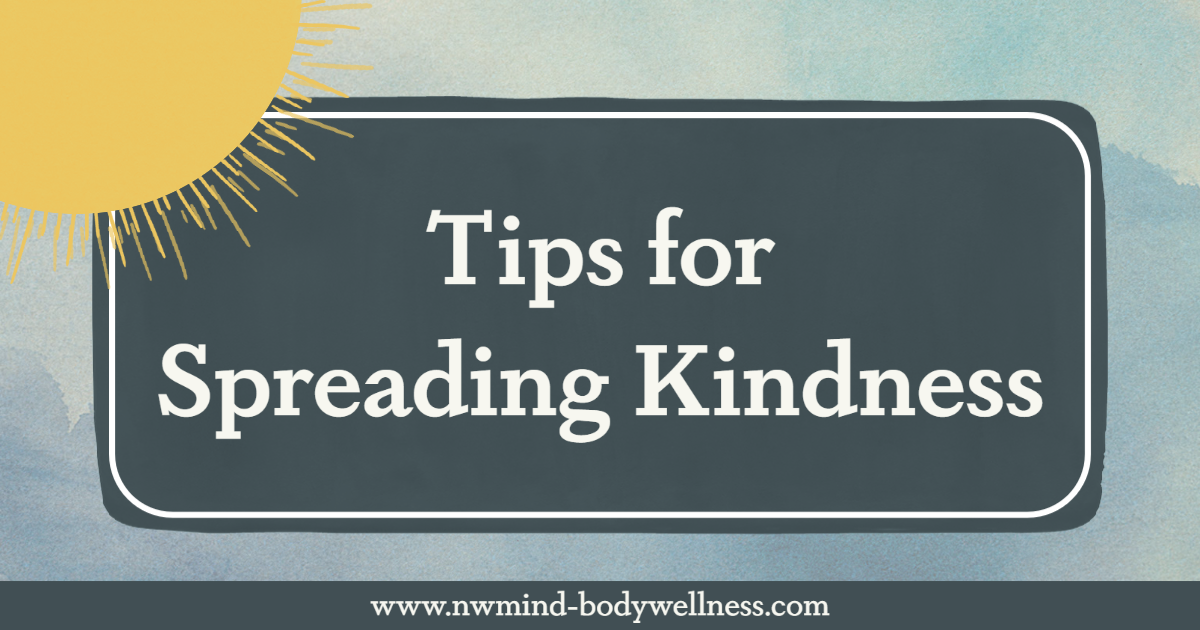
Spreading Kindness
Spreading kindness gives you a chance to make someone’s day, as well as your own. Even seemingly small acts of kindness can have a big effect.
Everyone faces their own challenges and hardships. When someone is faced with these troubles, kindness and compassion from others can go an especially long way. You may not know if someone is struggling, but whether they are having a hard day or a great day, a kind word or action never hurts. For this reason, we encourage you to see every moment as an opportunity to spread kindness.
In addition to helping others, spreading kindness can be beneficial to your own happiness and overall mental health. According to Mental Health UK, being kind to others can help improve your self-esteem, confidence, and overall happiness.
To help get you started, we have the following suggestions for spreading kindness.
Learn More
To learn more ways that you can start spreading kindness, as well as the benefits, we recommend the following resources.
Mental Health UK: https://www.mentalhealth.org.uk/campaigns/kindness/kindness-matters-guide
Mayo Clinic: https://www.mayoclinichealthsystem.org/hometown-health/speaking-of-health/the-art-of-kindness
